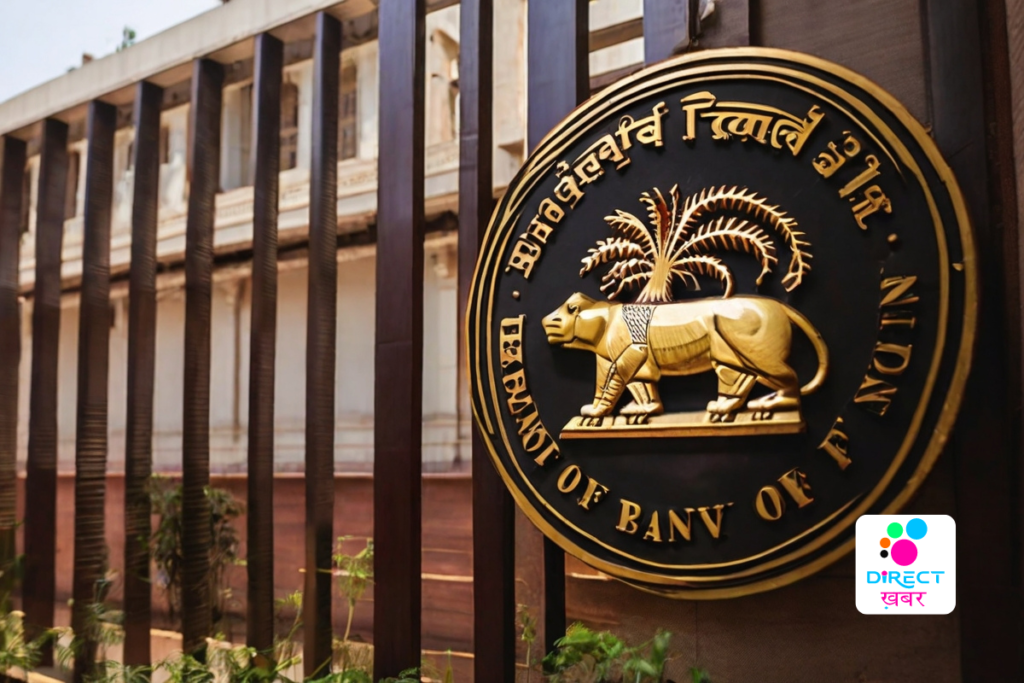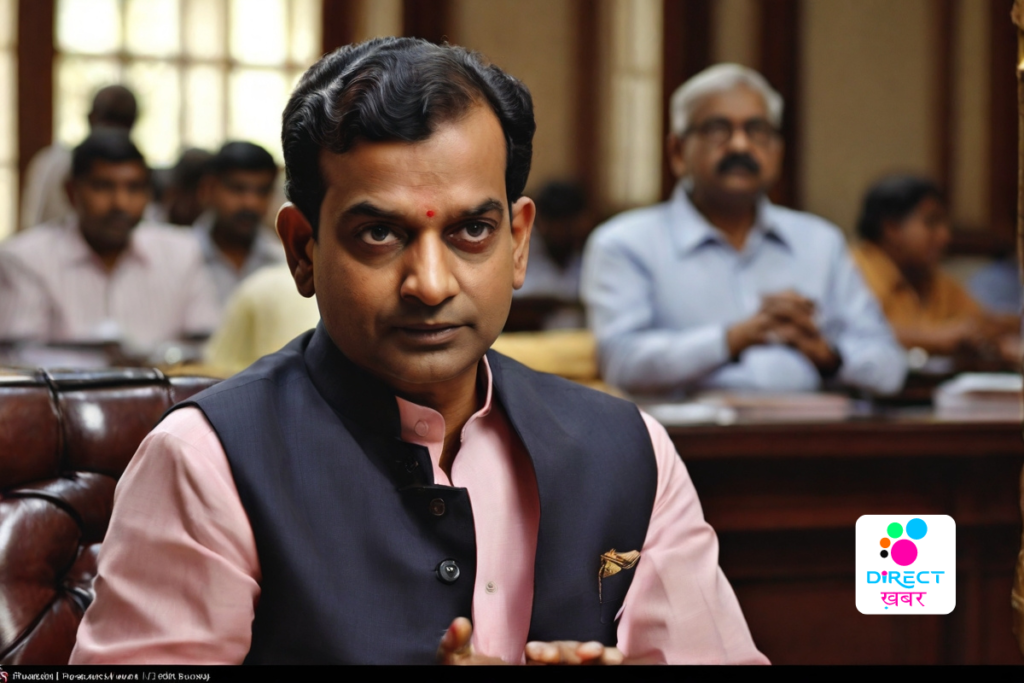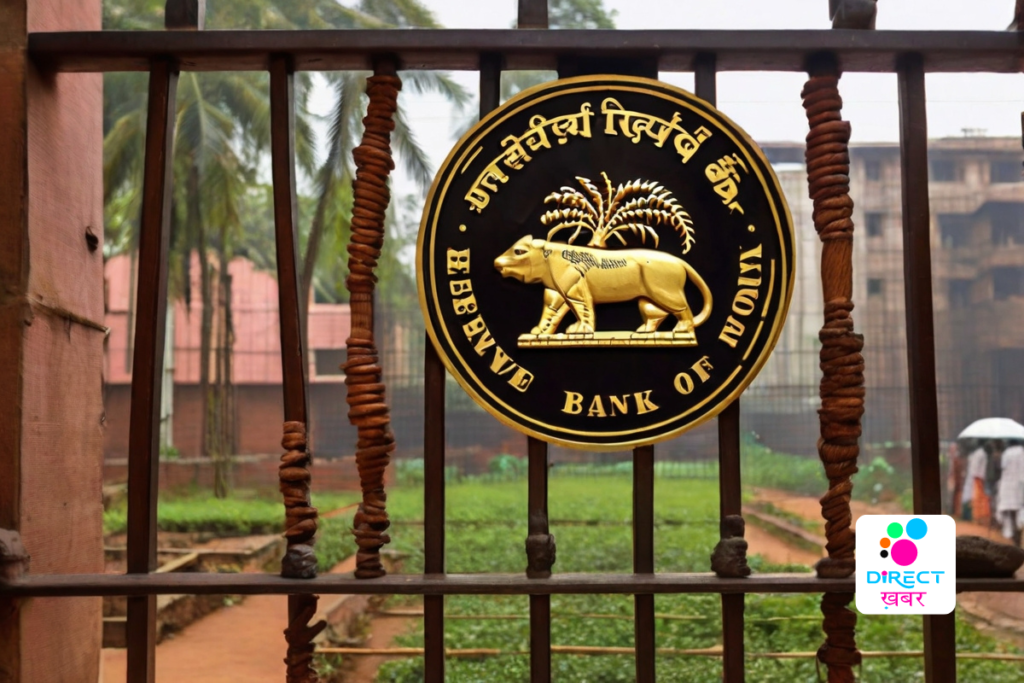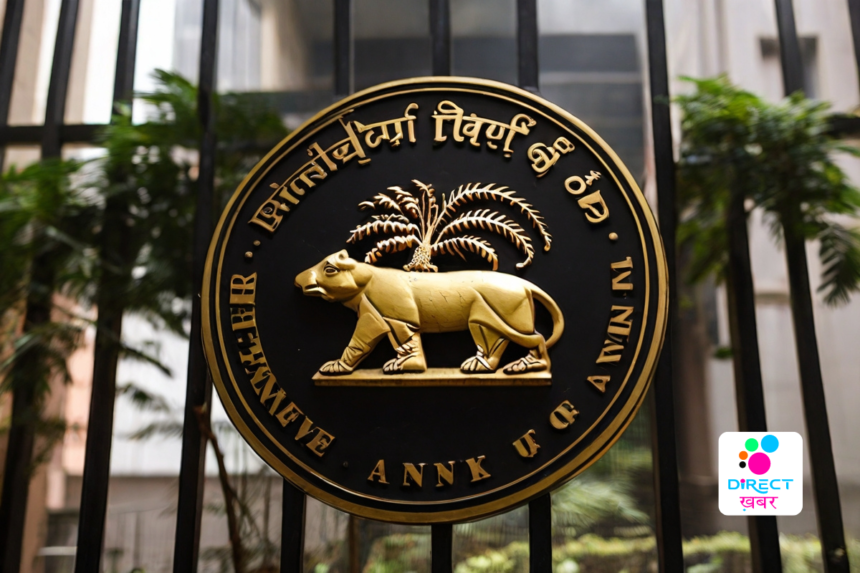RBI: Repo Rate Unchanged; FY25 GDP Growth 7%; Inflation 4.5%
The Reserve Bank of India (RBI) recently concluded its Monetary Policy Committee (MPC) meeting for the financial year 2024-25, unveiling crucial decisions and projections that offer insights into the country’s economic trajectory. Led by RBI Governor Shaktikanta Das, the MPC’s decisions hold significant implications for various sectors and stakeholders within India’s economy.

The two-day MPC meeting, which commenced on April 3 and concluded on April 5, served as the platform for deliberations on monetary policy adjustments amid evolving economic conditions. The headline decision from the meeting was the retention of the key policy repo rate at 6.5%, maintaining continuity in RBI’s approach to interest rate management. This decision marks the seventh consecutive meeting where the repo rate remained unchanged, reflecting the central bank’s stance of stability amidst economic uncertainties.
One of the pivotal aspects of the RBI’s monetary policy announcements is its GDP growth projections for the fiscal year 2024-25. The central bank has projected India’s real GDP growth rate for FY25 at 7%, indicating a bullish outlook on the economy’s performance in the upcoming financial year. Further insights into quarterly GDP growth projections reveal a consistent growth trajectory throughout the year, with Q1 projected at 7.1%, followed by Q2 at 6.9%, and Q3 and Q4 both at 7%.
In addition to GDP growth forecasts, the MPC also offered insights into its inflation outlook for FY25. The RBI has set a CPI inflation target of 4.5% for the fiscal year, with quarterly projections indicating variations across different periods. Notably, Q1 is projected to witness inflation at 4.9%, followed by a dip to 3.8% in Q2, a slight uptick to 4.6% in Q3, and stabilization at 4.5% in Q4. These inflation forecasts provide valuable guidance for policymakers, businesses, and consumers alike, enabling them to plan and strategize accordingly.

Aside from policy measures, the RBI also announced several non-policy initiatives aimed at enhancing the efficiency and inclusivity of India’s financial markets. These include the introduction of a scheme for trading sovereign green bonds at the International Financial Services Centre (IFSC), the rollout of a mobile app to facilitate access to RBI’s Retail Direct Scheme for participation in the Government Securities (GSec) market, and the issuance of a draft circular for the Liquidity Coverage Ratio (LCR) framework for banks.
Similarly, Parijat Agrawal, Head of Fixed Income at Union Mutual Fund, echoed sentiments of optimism, foreseeing rate cuts in the third quarter of FY25, particularly following potential actions by the US Federal Open Market Committee (FOMC). Agrawal highlighted the importance of maintaining neutral liquidity conditions to facilitate further transmission of higher rates, while also anticipating modifications to the LCR framework that could benefit bond markets.

RBI’s Monetary Policy Meeting for the fiscal year 2024-25 has provided valuable insights into the central bank’s policy outlook, economic projections, and non-policy initiatives aimed at enhancing financial market efficiency and inclusivity. The decisions and forecasts unveiled during the meeting offer valuable guidance for policymakers, businesses, and investors navigating India’s economic landscape, setting the stage for informed decision-making and strategic planning in the months ahead.






